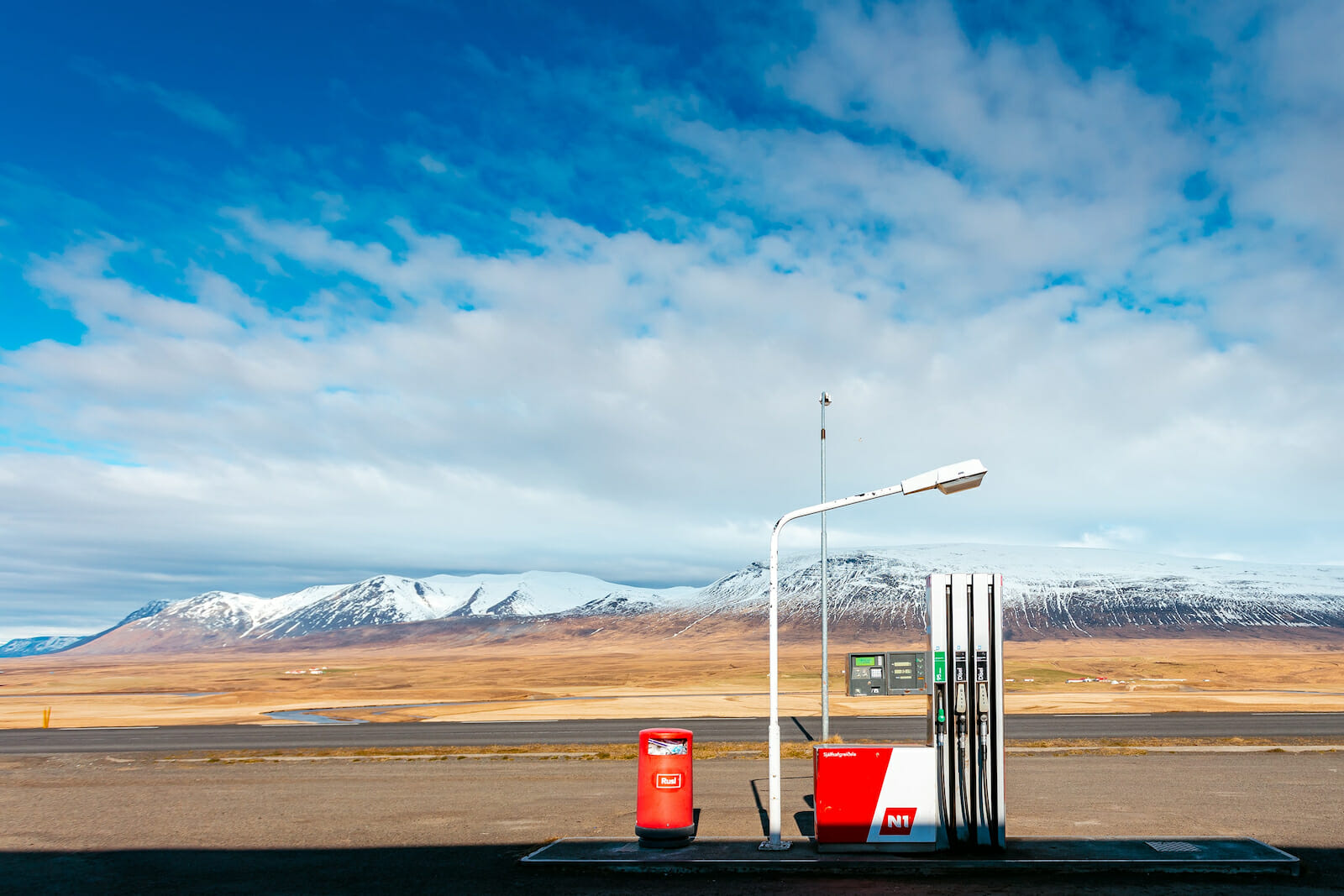
Negative Gas Prices: What to Expect?
The global COVID-19 pandemic has taken an unescapable toll on the natural gas market. As lockdowns persisted around the world, demand for power generation plunged, which inevitably slashed gas demand. As a result, European hub prices dropped below €1 per British thermal unit, with around 45 U.S. liquefied natural gas cargo shipments canceled while Russia’s pipeline gas supplies also dwindled.
These concerns did not result in the same level of havoc as oil did partially because the demand for gas slipped merely 5 percent, and also because no natural gas benchmarks have so far gone negative, absent the Waha Hub benchmark in Texas. But even if it would have gone negative, the implications would likely not have been similar to oil. Unlike oil, which has established itself as a geopolitical commodity, natural gas has fallen short of becoming one. Notwithstanding Moscow’s regular deployment of gas as a political weapon, natural gas is used in politics less frequently than oil.
Another distinction is the difference in market regulation. Unlike oil markets, cartels do not regulate prices on natural gas. Comprised of eleven natural gas producers, including heavyweights such as Russia, Iran, and Qatar, the Gas Exporting Countries Forum (GECF), unlike OPEC, serves as a platform for dialogue among members and does not impose binding quotas or short-term deals. This factor puts the market in a different category, as quota shortages or disagreements among cartel members do not impact prices. This factor not only relieves significant producers from any quota obligation, but also provides market participants with latitude to determine the most suitable market strategies.
Nevertheless, the natural gas market’s participants still face substantial challenges in the face of low oil prices. The competition was already tight before the pandemic due to rapidly increasing LNG trade and the growth of the renewables sector. The situation remains critical for the industry. Oversupply and lessened demand continue to lead to market contraction. Following the average ten percent increase over the last three years, LNG exports slipped at 0.3 percent in May, the first contraction seen since December 2017.
The low-price environment consequently led to the postponement of new projects, as companies began slashing expenses. However, despite industry-wide belt-tightening measures, some companies did go on with their investment plans. Qatar Petroleum, Exxon, and Rosneft were among the companies that remained committed to ramping up their gas export potential. Qatar reiterated its pledge to its pre-pandemic plans to boost production to 110 million tons by 2024 from the current 77 million tons. Qatar Petroleum also signed a $19.2 billion deal with Korean shipbuilders to expand its fleet. Exxon reiterated its plans to increase the natural gas capacity of its Golden Pass LNG plant in Texas, while Rosneft announced its plans to develop Arctic gas fields.
Such behavior indicates that significant players are confident that the current crisis will be fleeting. The question is how fast demand will rebound, and if the market will keep balance or require a coordinated production cut agreement before the COVID-19 pandemic fades away. The format for such coordination is another question. Oil prices rebounded mainly thanks to the unprecedented production cut agreement for which OPEC+ served as a platform. If the gas market fails to rebalance itself, it may also require a collective production cut agreement among the gas producers. That could pave the way for the GECF to become a platform for the coordination among the producers. If GECF can become a price-setting force in the gas market, the biggest winner will likely be Russia. Its role in OPEC+ has already made it a global force in setting oil prices, along with OPEC leader Saudi Arabia. If GECF adds a gas price-control mechanism, Russia could assume a unique role as a price-setter in both oil and gas markets.
